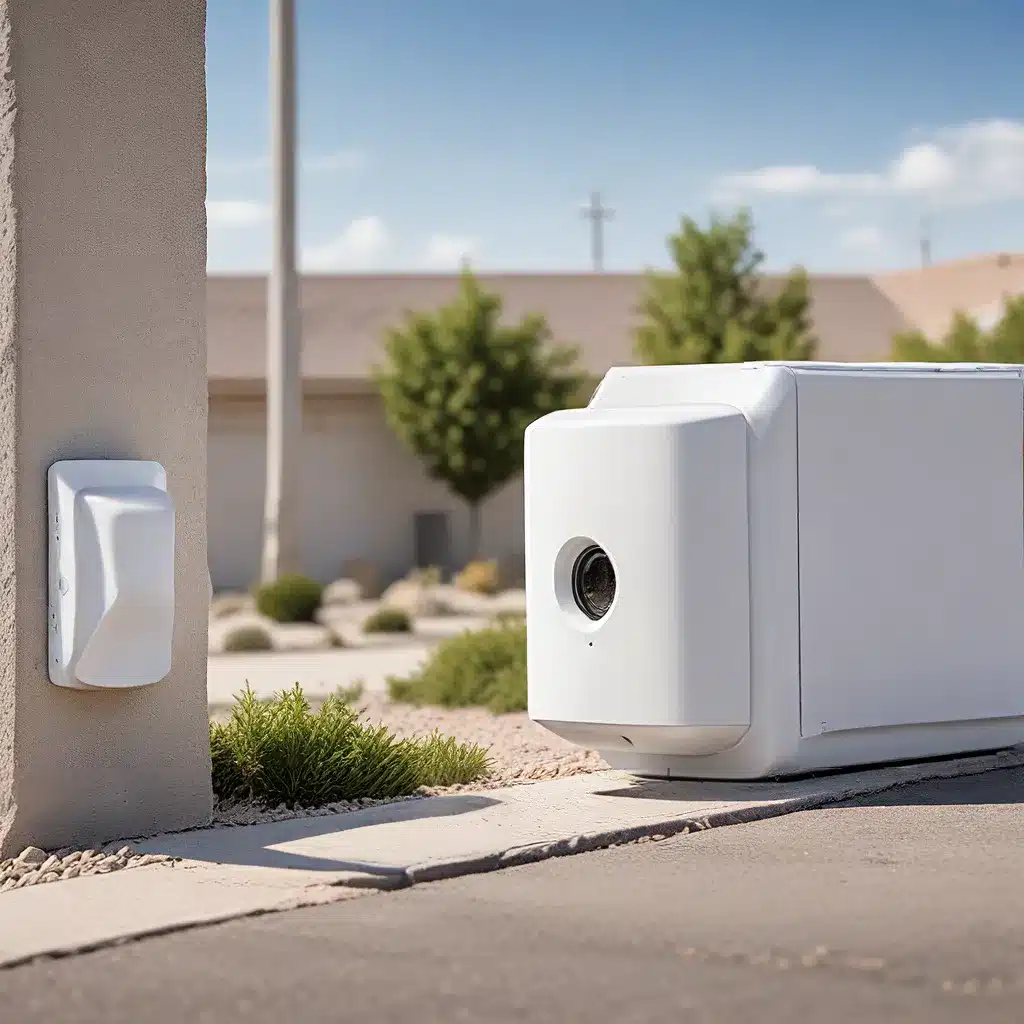
As the world increasingly embraces the Internet of Things (IoT), the need for robust and reliable sensor networks has become paramount. These sensor networks play a crucial role in monitoring and managing a wide range of applications, from environmental tracking and industrial safety to healthcare diagnostics and smart city initiatives. In this comprehensive article, we will explore the evolving landscape of sensor network design, the latest advancements in IoT applications, and the pivotal importance of security and energy management in these dynamic ecosystems.
Sensor Network Design: Enhancing Accuracy and Reliability
At the heart of any effective sensor network lies the selection and deployment of high-performance sensors. These sensors utilize various techniques, such as electrochemical reactions and infrared absorption, to detect and identify a multitude of gases, including oxygen, carbon monoxide, and volatile organic compounds (VOCs). The continuous advancements in nanotechnology, IoT integration, and artificial intelligence (AI) have significantly improved the accuracy, reliability, and scope of these sensor technologies.
Leading gas sensor companies, such as Honeywell, AMS AG, and MSA Safety, have pioneered innovative solutions that seamlessly integrate with IoT platforms. These sensors not only provide real-time monitoring and data analytics but also feature wireless connectivity for enhanced visibility and remote access. By leveraging AI-powered algorithms, sensor networks can now detect anomalies, predict potential failures, and optimize their performance, ensuring the reliability and efficiency of the entire system.
Empowering IoT Applications: Transforming Industries
The widespread adoption of sensor networks has revolutionized various industries, enabling smart and sustainable environments. From environmental monitoring and industrial safety to healthcare diagnostics and smart city initiatives, these sensor-driven solutions are driving remarkable advancements.
In the realm of environmental monitoring, sensor networks play a crucial role in tracking air quality, detecting hazardous gases, and supporting sustainability efforts. The global gas sensor market is projected to grow significantly in the coming years, driven by heightened environmental awareness, technological innovations, and the need for robust safety measures.
Similarly, in the industrial sector, sensor networks are instrumental in ensuring workplace safety and compliance. Sensors equipped with wireless connectivity and IoT integration provide real-time data, enabling proactive maintenance, risk mitigation, and enhanced operational efficiency.
Moreover, the healthcare industry has witnessed the transformative impact of sensor networks, particularly in the context of disease diagnosis and patient monitoring. Sophisticated sensors can now seamlessly integrate with wearable devices, providing healthcare professionals with comprehensive data for early detection, personalized treatment, and improved patient outcomes.
Securing the IoT Ecosystem: A Vigilant Approach
As the IoT landscape continues to expand, the security of sensor networks has become a paramount concern. Cyber threats, such as malware, unauthorized access, and data breaches, pose significant risks to the integrity and reliability of these interconnected systems. Addressing these security challenges requires a multifaceted approach, leveraging the latest advancements in cybersecurity and threat detection.
Leading security solutions, such as Check Point, Palo Alto Networks, and Trend Micro, have integrated their offerings with IoT platforms, providing comprehensive security monitoring, threat analysis, and incident response capabilities. These solutions harness the power of AI and machine learning to identify anomalies, detect malicious activities, and respond swiftly to mitigate potential threats.
Moreover, the adoption of encryption, access control, and secure communication protocols within sensor networks is crucial in safeguarding sensitive data and preventing unauthorized access. Continuous security assessments, software updates, and user awareness programs further strengthen the overall security posture of IoT environments.
Balancing Energy Efficiency: Powering Sustainable Sensor Networks
The design and deployment of sensor networks must also consider the energy consumption and sustainability factors. As sensor-enabled IoT devices proliferate, the efficient management of energy resources becomes essential to ensure long-term viability and minimized environmental impact.
Innovative sensor technologies, energy harvesting techniques, and power-efficient protocols have emerged as key strategies to address this challenge. Sensors powered by renewable energy sources, such as solar or kinetic energy, can operate autonomously, reducing the reliance on traditional power grids and batteries.
Furthermore, the integration of AI-driven optimization algorithms within sensor networks can dynamically adjust their power consumption based on environmental conditions, network traffic, and application requirements. This adaptive approach helps maximize the operational lifespan of sensor nodes, contributing to the overall sustainability and cost-effectiveness of IoT deployments.
Unlocking the Future of Sensor Networks and IoT
As the sensor network and IoT landscapes continue to evolve, the future holds immense possibilities. The convergence of advanced technologies, such as 5G, edge computing, and blockchain, will further enhance the capabilities and resilience of these interconnected systems.
Sensor-Networks.org is at the forefront of this technological revolution, providing a platform for professionals, researchers, and enthusiasts to stay informed, collaborate, and drive innovation in the realm of sensor networks and IoT. By fostering a community of experts, sharing best practices, and showcasing cutting-edge solutions, this platform empowers organizations to navigate the complexities of sensor-driven ecosystems and harness the transformative potential of these technologies.
In conclusion, sensor networks have emerged as the sentries of the IoT world, safeguarding a diverse range of applications and environments. Through advancements in sensor design, IoT integration, security, and energy management, these interconnected systems are poised to transform industries, enhance sustainability, and unlock new frontiers of innovation. As the IoT landscape continues to evolve, the importance of robust and resilient sensor networks will only grow, making them an indispensable cornerstone of the digital future.